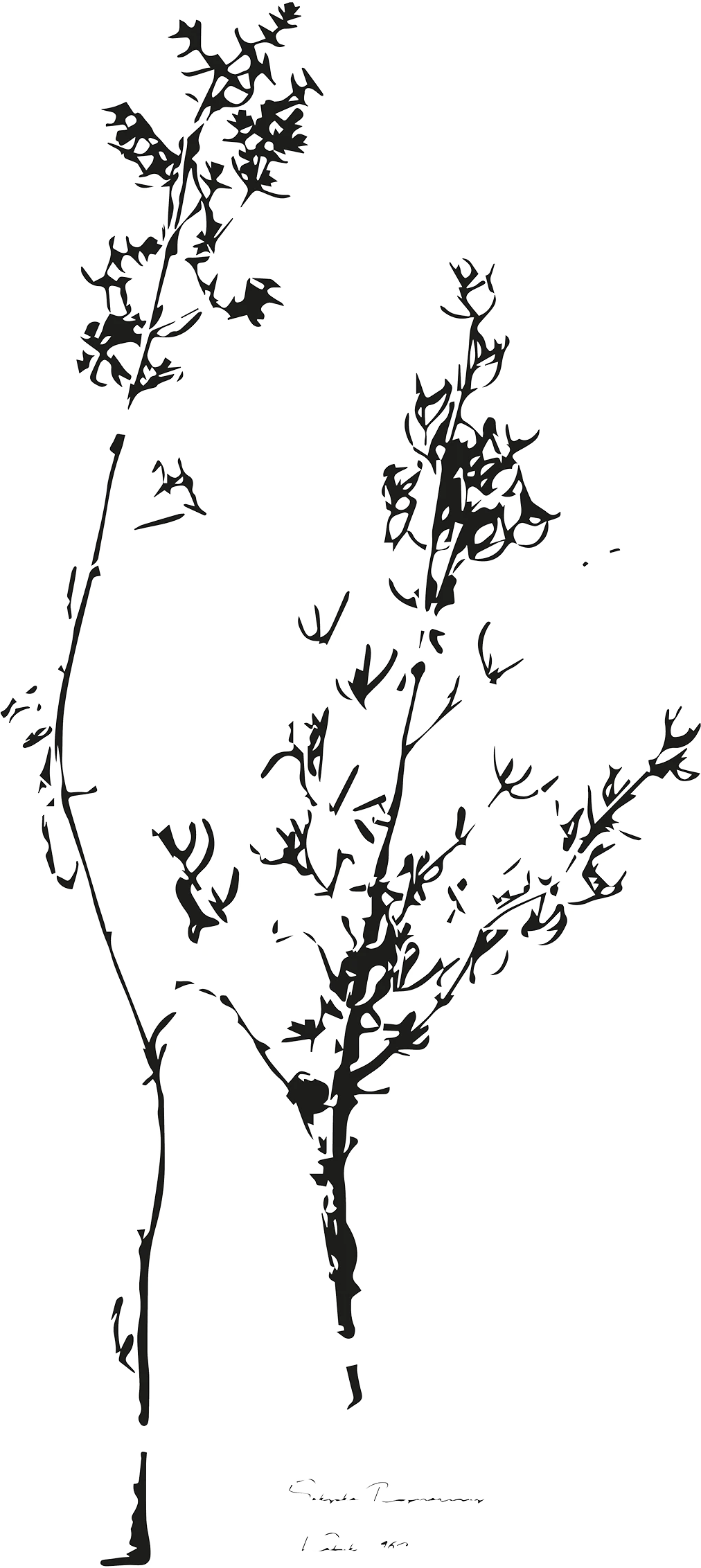How to hang a flatweave rug
If you’ve been wondering what the easiest way to hang a rug on a wall is, there are a few different approaches you can take. We’ve outlined four methods for hanging a flatweave rug safely and securely, without causing any damage to your piece.
First, there are few things to consider:
Rug weight: Not all rugs are well-suited for wall hanging. Large, densely knotted rugs prove to be more of a challenge due to their weight. However, smaller knotted rugs and flatweave rugs, which are remarkably thin and lightweight, make the perfect pieces for turning into tapestries.
Daylight: Don’t forget to take into account the conditions of the room. If your rug is hung in a room that gets lots of sunlight, or is placed directly in front of a window, its colour may fade with continued exposure.
Air Quality: Humidity can also affect the rug's fibres over time, so it is recommended you hang your rug in a well-ventilated space.
Wall strength: Lastly, remember to check your wall’s weight capacity to ensure it can securely hold your rug in place.
What is the best way to hang a flatweave rug on a wall?
Option 1. Sewing with velcro
An easy method requiring minimal tools, velcro is a reliable choice for hanging flatweave rugs.

1. First, sew a length of muslin or cotton (corresponding to your rug’s width) along the top of your rug.
2. Stick the loop side of your Velcro onto this lining – this will keep the rug protected from any strain caused by the velcro.
3. Nail a thin plank of wood to the wall where you want the top of the rug to hang.
4. Stick or staple the hook side of the velcro tape in a line onto the wood, and align the velcro sides.
Option 2. Rod and casing
This is a more traditional hanging approach, similar to how curtains or tapestries are mounted.

1. Create a cotton tube casing by sewing a strip of fabric along the back of your rug’s top edge, leaving both ends open - ensuring the casing is wide enough to accommodate the rod.
2. Insert the rod of your choosing into the casing.
3. Mount the rod onto two brackets that have been firmly secured to the wall.
Option 3: Carpet tack strips
Carpet tack strips make for a robust hanging system, especially for larger or heavier rugs. These are narrow strips of wood, typically used in carpet installation, studded with sharp tacks that securely hold the rug in place.

1, Screw a carpet tack strip onto the wall - sharp side up - where you would like your rug to hang.
2. Attach the carpet to the strip by hooking it on the tacks, distributing the weight evenly across the strip.
Option 4: Carpet clamps
A simple yet efficient solution for hanging rugs, carpet clamps are often used to showcase rugs in stores.

1. Select the carpet clamp of your choosing - there are options for both wall-mounting or ceiling hanging. These can be purchased from picture hanging suppliers - here are a few we recommend:
2. Follow the instructions outlined in the kit, making sure that the camps are evenly spaced to ensure the rug’s weight is distributed accordingly.
Whichever option you choose, turning a rug into a wall-hanging instantly adds personality to a room - creating an unexpected focal point, while allowing you to better showcase the intricate craftsmanship of your handwoven rug.
-
About our handwoven rugs
Since 2016 we’ve been proud to work with master weavers in Afghanistan to create luxurious flatweave and hand-knotted rugs. From the spinning and dying of the wool, to the cutting and washing of the finished rug, every step of the production process is made by hand in Afghanistan.
Explore our collections of Afghan rugs, or get in touch to commission your bespoke rug.







